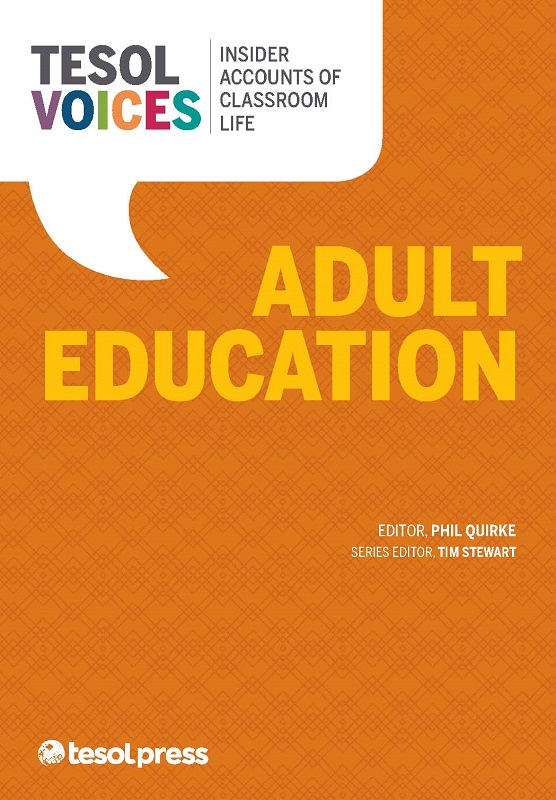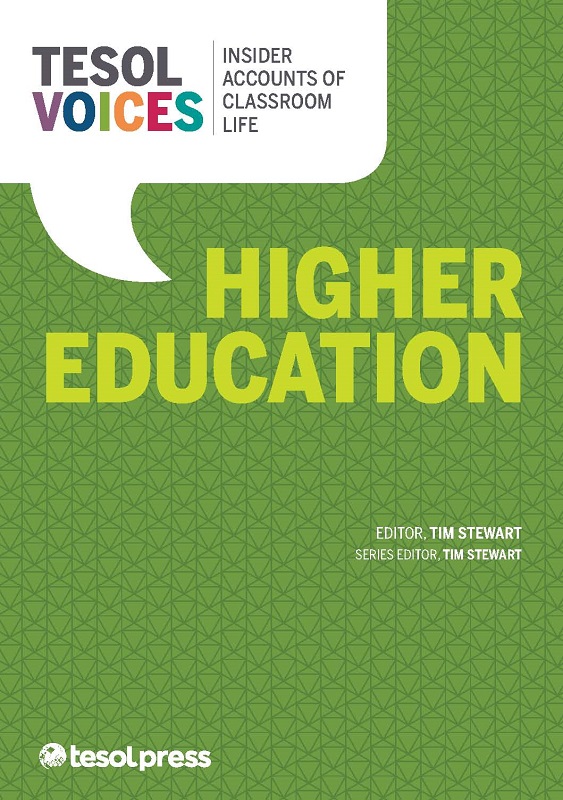Quick Tip: Effective Strategies to Increase Motivation in the Learning Process
by Gustavo Glatzel
Motivation is one of the most important factors for a lesson to be successful. Students feel confident in their performance when they are engaged actively in tasks that are meaningful and challenging. Motivation depends, to a certain point, on the individual’s background of past accomplishments and failures. However, it also depends on student perception of what they’re learning: How functional is it? How meaningful is it? Teachers who focus on motivational strategies along with covering subject matter have a higher chance of helping students succeed academically.
There are two types of motivation: intrinsic and extrinsic (Rothenberg & Fisher, 2007). Intrinsic motivation refers to the desire to achieve a goal and/or perform a task due to feelings of competence and self-determination. Extrinsic motivation, on the other hand, refers to completing a task in exchange for a reward, or perhaps in order to avoid any type of punishment.
Teachers must promote intrinsic motivation, which is stimulated by interactive processes (Wilhelm & Smith, 2006). Highly motivated students are able to persist in a task and make independent judgments, and are consequently more likely to reach and achieve their goals. All educators would like their students to pay attention, take time to study, go beyond their personal suggestions, and carry out projects aimed at the acquisition of knowledge and development of personal skills—all of this begins with motivation.
To help motivate our students, we should self-reflect on our motivational teaching practices in light of our instructional contexts. If we’re falling short, we need to work on developing new criteria and evaluating alternative motivational strategies.
Useful Strategies
Increasing motivation begins with a positive student attitude. The following strategies will help you provide motivational tools:
Preparing for Tasks
- Submit diverse activities toward a common goal rather than presenting a single task for all students.
- Activate the curiosity and interest of the students as well as the relevance and usefulness of learning when introducing tasks and activities.
- Before performing a task, aim to shift attention to the process rather than to the result through clear communication.
During Tasks
- During the task, focus on exploring and understanding possible ways to overcome difficulties.
- After completion of the task, inform students about what is right and what is wrong, but with a focus on the process followed and the value of the learning. Additionally, it’s important to connect positive results and outcomes to causes that are perceived as internal and controllable.
- Develop tasks through group work.
- Ideally, you should be a collaborator, delegating a reasonable degree of control, serving as a facilitator of tasks as well as promoting student participation in decision-making.
General Strategies
- External incentives are okay when used appropriately: They can encourage the growth of motivation provided that they are perceived as useful and are not expected by the student.
- Never “threaten” students with assessment. It causes qualitatively negative effects on learning and motivation.
- Assess your patterns of action in response to the effect they may have on students’ self-esteem.
Teachers have an important responsibility as facilitators of knowledge, content, and values in the teaching-learning process, and it is important that they choose effective strategies to motivate their students. When learners feel motivated, they perform better, build up self-esteem, and develop confidence not only in schools, but also in different situations in life.
References
Rothenberg, C., & Fisher, D. (2007). Teaching English language learners: A differentiated approach. Upper Saddle River, NJ: Pearson/Merrill Prentice Hall.
Wilhelm, J., & Smith, M. (2006). What teachers need to know about motivation. Voices from the Middle, 13(4), 29–31.
Gustavo Glatzel works as an ESOL teacher at Daniel Morgan Middle School in Winchester VA, where he also serves as the ESOL Department chair. Originally from Buenos Aires, Argentina, Mr. Glatzel obtained his master’s degree in education at the University of Jaén, Spain, and he is currently a doctoral candidate at the Universidad Internacional Iberoamericana, Puerto Rico.
TESOL Blogs
Interested in writing a blog for TESOL?
Read the submission guidelines and send us your post!
Check out the latest TESOL Blogs:
|
Books About Social Justice and Recent U.S. Events, by Judie Haynes
 Activism and social justice have been in the news since the beginning of the 2016 presidential election. During the first few months of 2017, it has taken the form of marches, protests, and letters and phone calls to Congress. These events provide real-life models that teachers can use to talk about activism and social justice with young students who are very invested in what is fair and not fair. One way to facilitate this discussion is to link what is happening in the U.S. to characters in books who are activists. Read more. Activism and social justice have been in the news since the beginning of the 2016 presidential election. During the first few months of 2017, it has taken the form of marches, protests, and letters and phone calls to Congress. These events provide real-life models that teachers can use to talk about activism and social justice with young students who are very invested in what is fair and not fair. One way to facilitate this discussion is to link what is happening in the U.S. to characters in books who are activists. Read more.
|
|
Resources for Beginning L2 Writing Teachers, by Elena Shvidko
 In this post, I’d like to share a few resources that might be helpful for beginning second language (L2) writing instructors. They include books about teaching L2 writing, resources for teachers offered by online writing labs, a professional journal, a professional conference, and a professional community. Read more. In this post, I’d like to share a few resources that might be helpful for beginning second language (L2) writing instructors. They include books about teaching L2 writing, resources for teachers offered by online writing labs, a professional journal, a professional conference, and a professional community. Read more.
|
TESOL Bookstore

Featured Resources from TESOL Press
 More Than A Native Speaker: An Introduction to Teaching English Abroad, Third Edition
More Than A Native Speaker: An Introduction to Teaching English Abroad, Third Edition
Don Snow and Maxi-Ann Campbell
In this newly updated third edition, learn step-by-step how to effectively teach English abroad. Gain valuable tips and resources for teaching in an unfamiliar educational system, working with students of varying ages and skill levels, and adapting to life in a different culture. A rich array of online resources and activities included.
 TESOL Voices: Adult Education
TESOL Voices: Adult Education
Tim Stewart, Editor
Follow the triumph and trials of real-life students as they learn English, whether they're pursuing it for their vocation, as immigrants to a new country, for travel, or for their very survival.
 TESOL Voices: Higher Education
TESOL Voices: Higher Education
Tim Stewart, Editor
Through personal narratives shared by teachers and students like, find out how it feels to be a bewildered, foreign-born student trying to learn the academic culture of an American university while simultaneously learning the language.